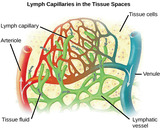
By the end of this section, you will be able to:Describe the system of blood flow through the bodyDescribe how blood pressure is regulated
- Subject:
- Biology
- Life Science
- Material Type:
- Module
- Author:
- OER Librarian
- Date Added:
- 08/12/2021
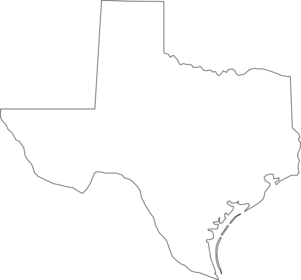

By the end of this section, you will be able to:Describe the system of blood flow through the bodyDescribe how blood pressure is regulated

By the end of this section, you will be able to:List the basic components of the bloodCompare red and white blood cellsDescribe blood plasma and serum


By the end of this section, you will be able to:Describe the structure of the heart and explain how cardiac muscle is different from other musclesDescribe the cardiac cycleExplain the structure of arteries, veins, and capillaries, and how blood flows through the body

By the end of this section, you will be able to:Describe an open and closed circulatory systemDescribe interstitial fluid and hemolymphCompare and contrast the organization and evolution of the vertebrate circulatory system.
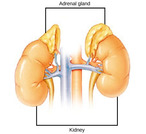
By the end of this section, you will be able to:Describe the role of different glands in the endocrine systemExplain how the different glands work together to maintain homeostasis

By the end of this section, you will be able to:Explain how hormones workDiscuss the role of different types of hormone receptors

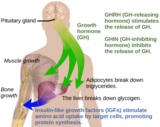
By the end of this section, you will be able to:Explain how hormones regulate the excretory systemDiscuss the role of hormones in the reproductive systemDescribe how hormones regulate metabolismExplain the role of hormones in different diseases
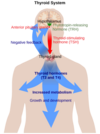
By the end of this section, you will be able to:Explain how hormone production is regulatedDiscuss the different stimuli that control hormone levels in the body

By the end of this section, you will be able to:List the different types of hormonesExplain their role in maintaining homeostasis
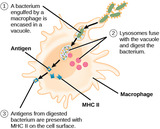
By the end of this section, you will be able to:Explain adaptive immunityCompare and contrast adaptive and innate immunityDescribe cell-mediated immune response and humoral immune responseDescribe immune tolerance

By the end of this section, you will be able to:Explain cross-reactivityDescribe the structure and function of antibodiesDiscuss antibody production

By the end of this section, you will be able to:Describe hypersensitivityDefine autoimmunity

By the end of this section, you will be able to:Describe physical and chemical immune barriersExplain immediate and induced innate immune responsesDiscuss natural killer cellsDescribe major histocompatibility class I moleculesSummarize how the proteins in a complement system function to destroy extracellular pathogens

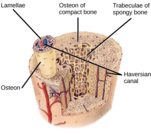
By the end of this section, you will be able to:Classify the different types of bones in the skeletonExplain the role of the different cell types in boneExplain how bone forms during development

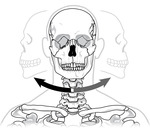
By the end of this section, you will be able to:Classify the different types of joints on the basis of structureExplain the role of joints in skeletal movement

By the end of this section, you will be able to:Classify the different types of muscle tissueExplain the role of muscles in locomotion